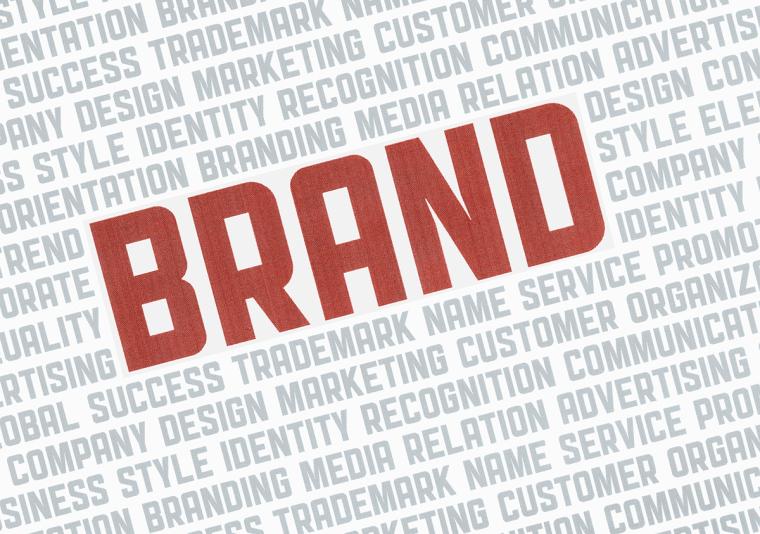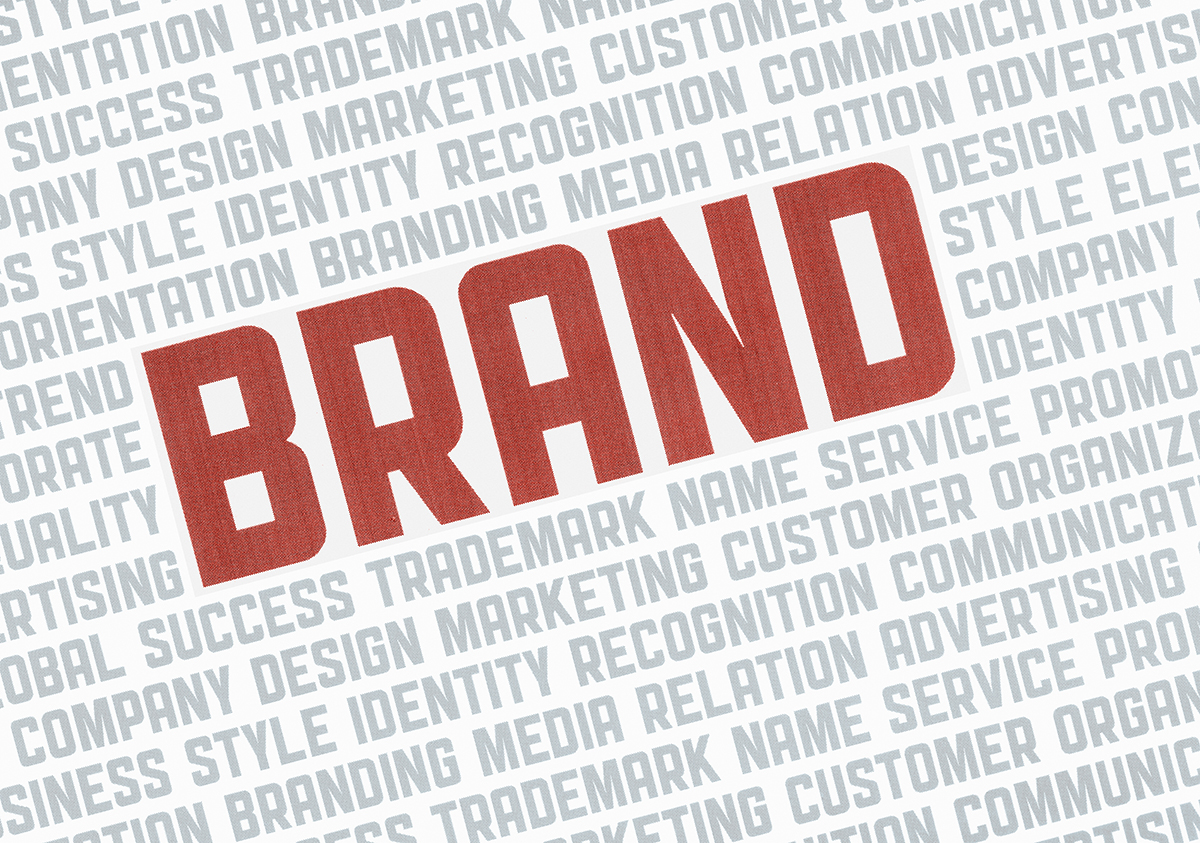
 Branding is the same regardless of whether you are selling a shoe, restaurant, not-for-profit or sporting event - branding is storytelling. One of the key secrets to creating a successful and sustainable event is telling a story that emotionally connects to all the people involved. Of course, this includes the participants, but it is important to create emotional connective tissue with the spectators, with the sponsors, with the internal team and with anyone else who you need to be involved to create a special and successful event. The best way to build a connective brand is by creating an engrossing story that is timeless and universal.
Branding is the same regardless of whether you are selling a shoe, restaurant, not-for-profit or sporting event - branding is storytelling. One of the key secrets to creating a successful and sustainable event is telling a story that emotionally connects to all the people involved. Of course, this includes the participants, but it is important to create emotional connective tissue with the spectators, with the sponsors, with the internal team and with anyone else who you need to be involved to create a special and successful event. The best way to build a connective brand is by creating an engrossing story that is timeless and universal.
Branding is Storytelling
The most important aspect of building a brand is understanding that a brand is not just a shirt, not just a logo, not just a color, not just a tagline – a brand is a story. There are all kinds of stories in the world – stories of strength, of cunning, of overcoming long odds, of laughter and of community. One of the key questions that you need to ask yourself when trying to express your brand is “what kind of story are we telling?” For every successful brand, there is a successful core story. Disney is about childhood joy, Dunkin’ Donuts is a place for everyone, Starbucks is the “third place” (after home and work).
The really great thing about creating a brand for a sports event destination is that there is so much inherent human drama in sports. At the top end of the competitive set, with the world-class athletes, there are stories about dedication and hard work – talent honed to a sharp point. At the bottom end of the competitive set there are hosts of people doing things that they may have thought they could never do, overcoming their own individual odds. A marathon, for example, can be inclusive – an opportunity for every person to accomplish a personal goal – or it can be about the elite, a race that requires fast qualifying times and draws the world’s best. You can try to walk that line in your story telling as well, embracing both personal excellence and personal achievement. Regardless of what kind of story you choose to tell, the very best brand stories are timeless and universal.

The stories that best connect emotionally are those that involve timeless and universal themes. One example is Build-A-Bear Workshops, whose tagline is “where best friends are made.” Friendship is the epitome of a timeless and universal story – it is something that everyone understands and can relate to. All of the communication revolves around friendship.
Two of their early commercials communicate this in a really great and illustrative way. First, they have a simple shot of a bear on a kid’s nightstand with the sound of a baby coming home. As the commercial continues, the items on the nightstand turn into things from a child’s life as she gets older, eventually ending with a new baby coming home. In another commercial, they have a girl on stage at a dance rehearsal – she is nervous and unsure of herself. She looks down into crowd to see her bear, her best friend, watching her and that gives her the confidence to continue dancing. Both of these commercials communicate a single, focused message – that your best friend will always be there for you, regardless of your age and especially when you need her.
Friendship is a great timeless and universal story, but there are many aspects of the universal human experience that you can communicate. From perseverance to love, from victory to joy, even the simplest messages of moments of calm and peace. The closer that your brand can come to a timeless and universal message, the more you will connect to your customer, your team, your sponsors, etc.
Connecting with Everyone
In the sports events business, you are acutely aware that there are many people you need to communicate with. Every business has a number of constituencies that have to communicate with, from their customer to the end user to the internal team. There is no back-of-the-house story and front-of-the-house story – there is only one story that should resonate with everyone.
One example of this is the work I did with Metropolitan Family Services. MFS is one of the oldest charities in Chicago. It was the original Hull House where Jane Addams (known in history as “the mother of social work”) did a tremendous job. It is one of the largest organizations in Chicago, helping countless people every single year. However, their name is less than inspiring – a generic name but one with a lot of history and cache in Chicago. When tasked with helping them with their brand, we wanted to tell a story that would be meaningful and would get everyone excited – from the people receiving their services, to the people providing services to the donors, who were the lifeblood of their operations.
MFS’s brand story became M Power – the M, of course, standing for Metropolitan, and the pun being “empower.” This is a story that everyone involved with the organization could rally behind. Empowerment related to everyone the organization touched. The neediest people who benefited from the good work of MFS were not receiving charity; they were being empowered. The people who worked in the organization were not just not-for-profit workers, they were empowered to help people lead better lives. The donors were no longer just giving money into an organization, they were empowering MFS to make Chicago better. The idea of empowerment made everyone that the organization was involved with feel like they were doing something bigger and more significant than what they were doing before, by just framing their mission differently.
The key to making this story work was that it connected with everyone involved. An emotional connection to the organization, regardless of whether you worked for MFS, received help from MFS or donated to MFS, was made easier by framing the story in the same way. We use this idea of a single brand story for all of our clients, regardless of industry.
The Milwaukee Brewer’s stadium, Miller Park, was the “Home to Heroes” – the heroes being players who played there, the staff that made game day go smoothly, and the people of Wisconsin who support the team. We did this through artwork throughout the stadium that featured not only all-time baseball greats but the industries of Milwaukee. Baskin-Robbins turned their focus on fun, away from the high-end ice cream parlors with speciality exotic flavors, making itself a fun place to go and a fun place to work. Aligning your brand story with both your customers and your internal team helps build an authentic emotional connection to your brand.
Putting it All Together
One of the great brands of our time is Nike, which has, in my humble opinion, one of the greatest taglines ever created – Just Do It. What is it that makes this brand so great? It hits on all of the above aspects of a great brand. First, it is a story. “Just Do It” is an attitude, a frame of mind. It is about how their customers – and everyone else around the brand – should feel. This story does not say “we have great shoes” or “run faster” – rather it is a core human emotion.
Second, it is timeless and universal. Everyone understands the feeling of “Just Do It” – everyone has had the experience of wanting to put everything out of their mind and push through the pain, fatigue, exhaustion, anxiety, or whatever feelings you are having to just accomplish a goal. Finally, it speaks to everyone. Just do it is clearly a message to the consumer – an inspiration for buying shoes or other athletic apparel. It is also, however, a great message to all of the employees of Nike – “Just Do It” can also be understood as “you can do it” – it is a great affirmation to the Nike team that they can do it. SDM

